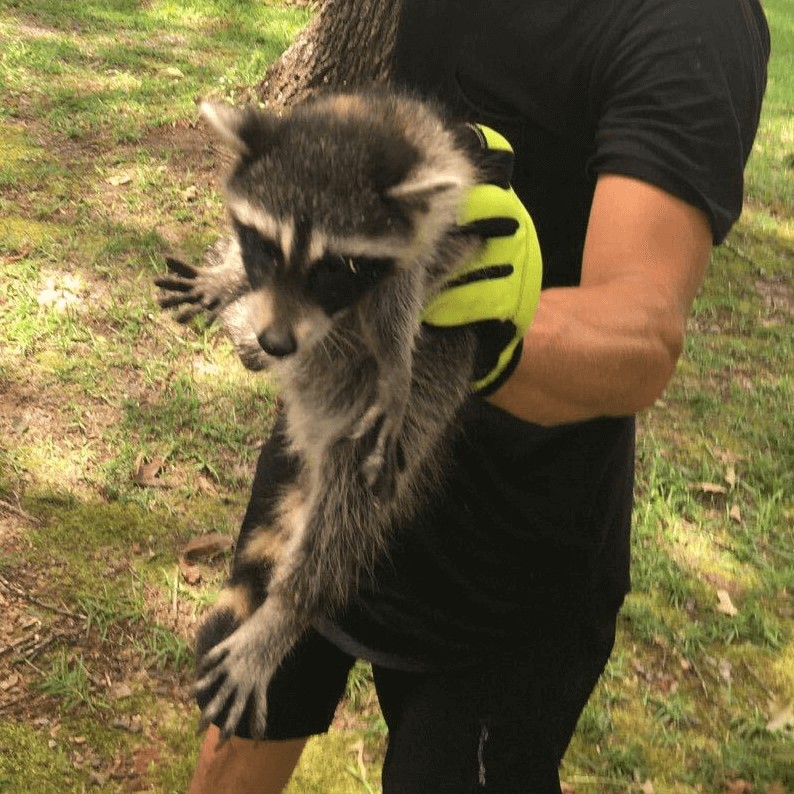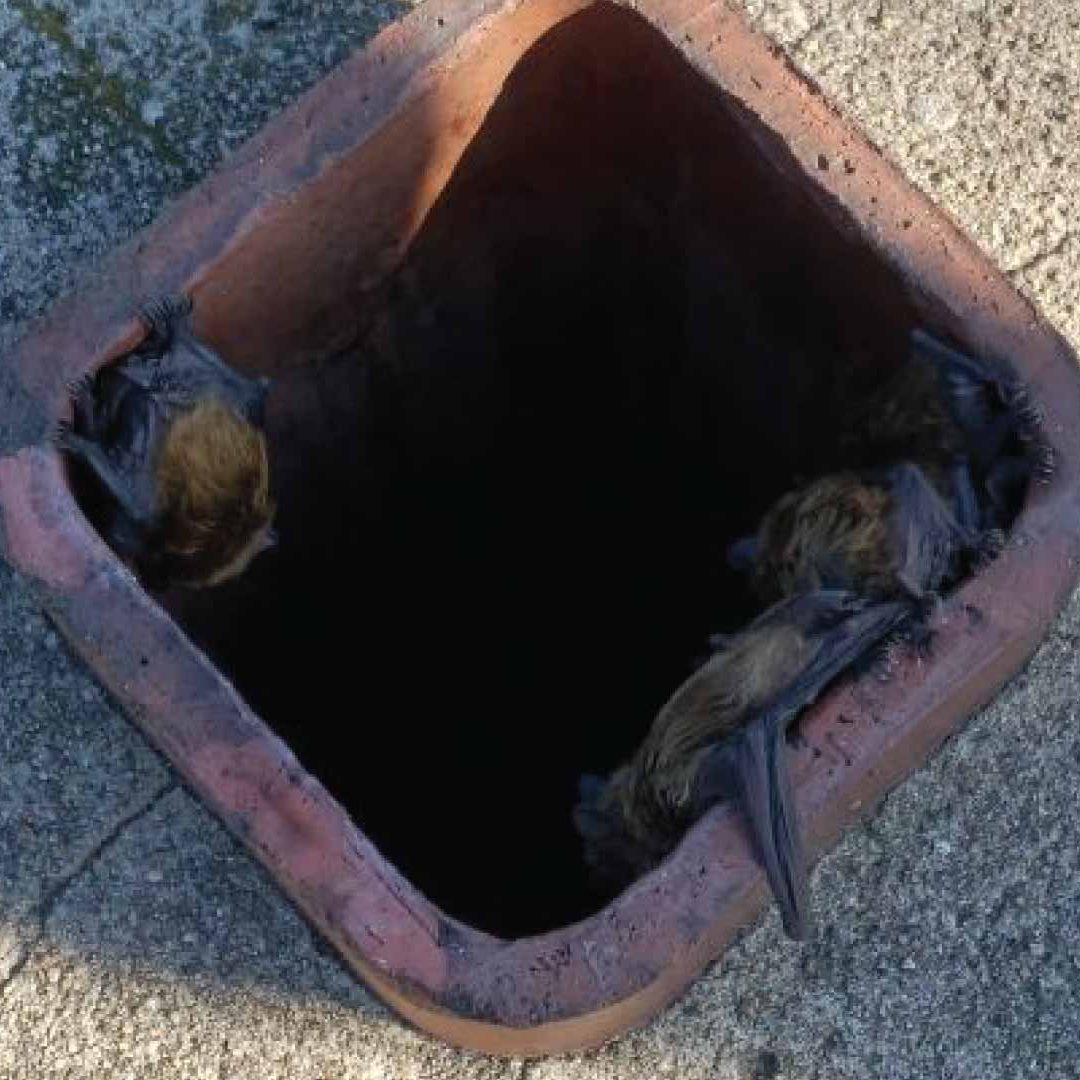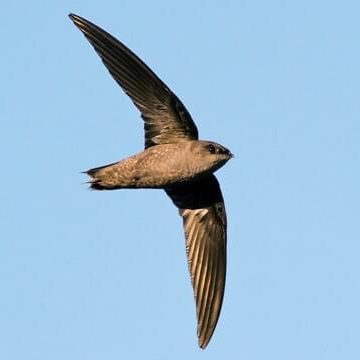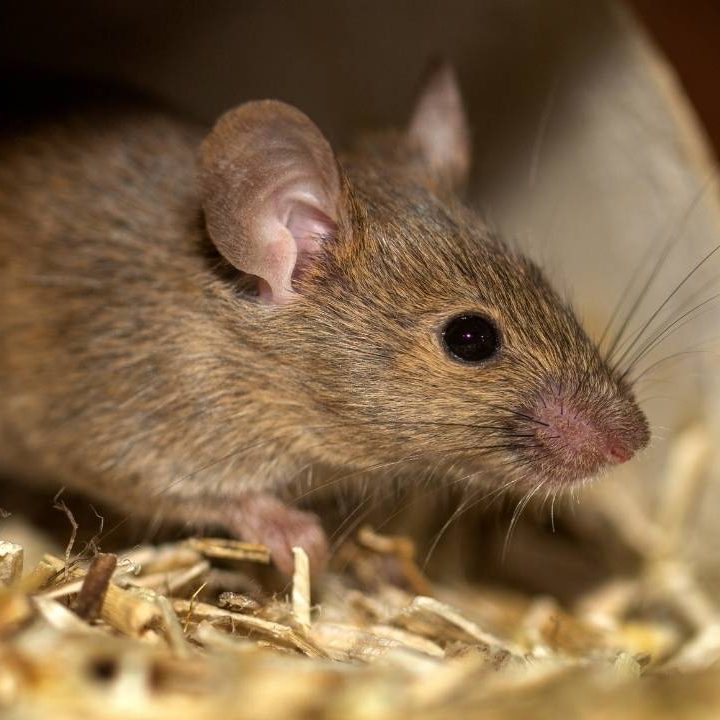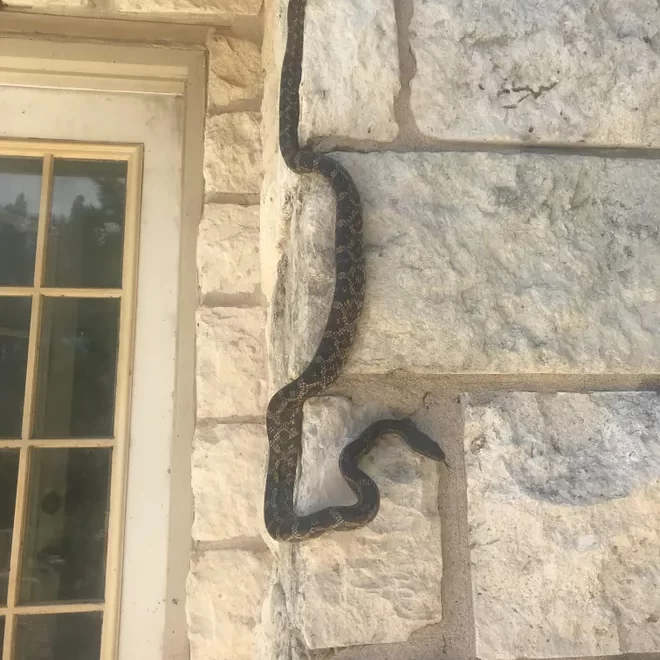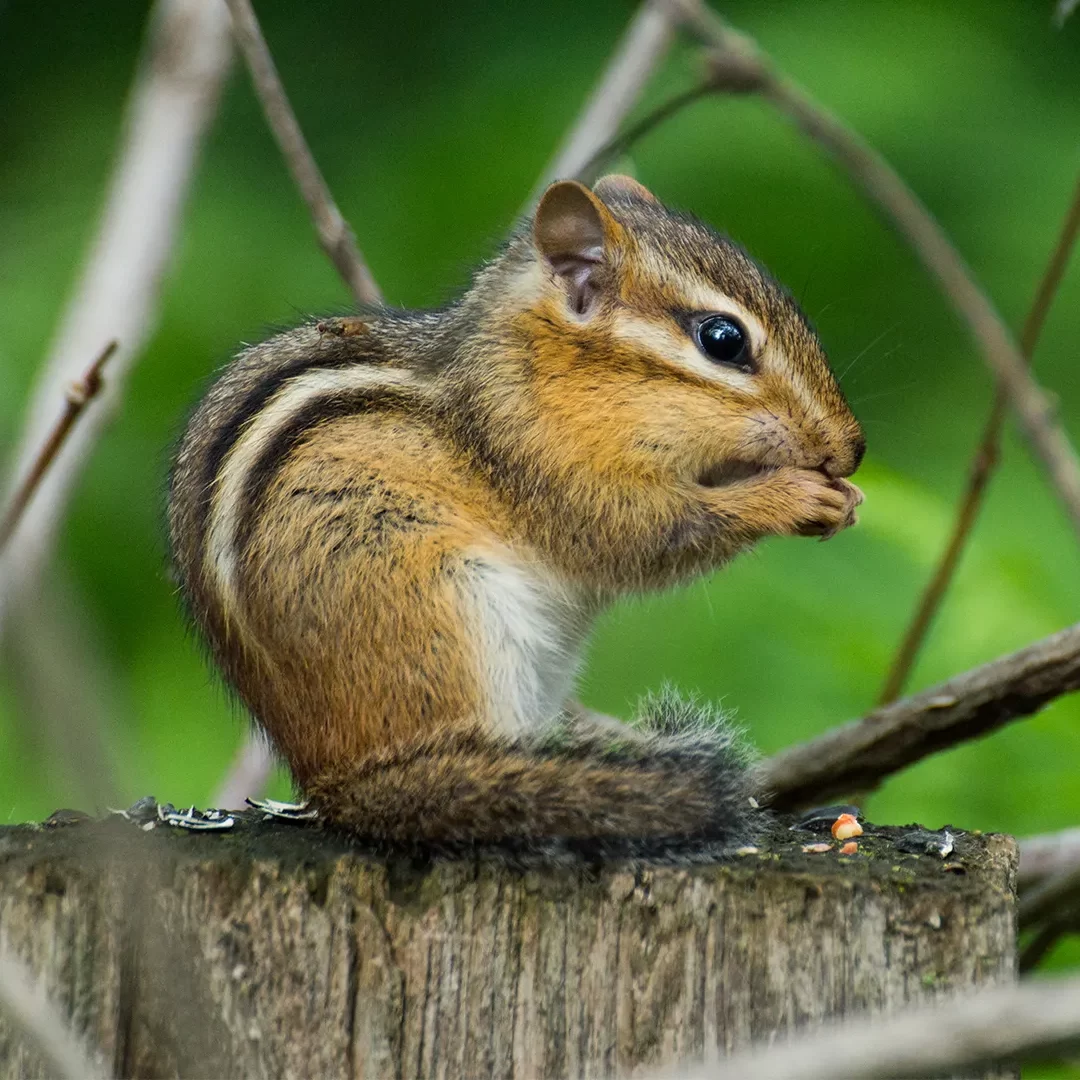Keeping Birds Out of Your Chimney: Tips and Professional Services by SootAway Chimney Sweep
Birds are naturally drawn to chimneys as potential nesting sites, attracted by the warmth and shelter they provide. However, their presence in chimneys can lead to various problems. In this webpage, we will explore why birds enter chimneys, the risks they pose, effective prevention methods, and the professional services offered by SootAway Chimney Sweep to keep your chimney bird-free.
Understanding Why Birds Enter Chimneys
Chimneys offer birds a secure and protected space to build nests and raise their young. The warmth emanating from the chimney also provides a cozy environment for nesting. Additionally, chimneys may provide access to food sources, such as insects or debris, making them even more enticing for birds.
Risks and Damages Birds Pose
While birds may seem harmless, their presence in chimneys can lead to various issues. Nesting materials and bird droppings can accumulate, obstructing the chimney flue and preventing proper ventilation.
This blockage can cause smoke and harmful gases to enter your home, posing health risks. Furthermore, birds may damage chimney components, such as flue liners, with their nesting activities.
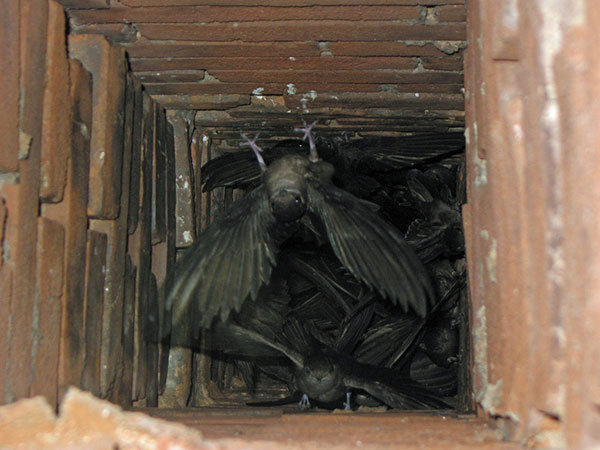
Preventive Measures to Keep Birds Out
Installing a chimney cap or screen is one of the most effective ways to prevent bird entry.
These barriers allow smoke and gases to escape while keeping birds from entering. SootAway Chimney Sweep offers professional installation services to ensure a secure and bird-free chimney.
Securing the Surrounding Area
Trimming nearby trees and branches can help deter birds from accessing the chimney.
By eliminating convenient perching spots and pathways, you reduce the likelihood of birds nesting in or near your chimney. SootAway Chimney Sweep can assess the surrounding area and provide recommendations for securing it against bird entry.
Professional Assistance from SootAway Chimney Sweep
If you’re experiencing persistent bird issues or require expert guidance, SootAway Chimney Sweep is here to help. Their team of professionals specializes in bird prevention and removal.
They can conduct thorough inspections, install secure chimney caps or screens, and offer effective bird deterrent solutions. Contact SootAway Chimney Sweep at (866) 345-4751 for reliable and efficient bird prevention services.
Regular Chimney Maintenance
Regular chimney maintenance is crucial in preventing bird entry. Routine inspections allow for the early detection of nests, debris, or signs of bird activity.
SootAway Chimney Sweep offers comprehensive maintenance plans to keep your chimney in optimal condition while ensuring it remains bird-free.
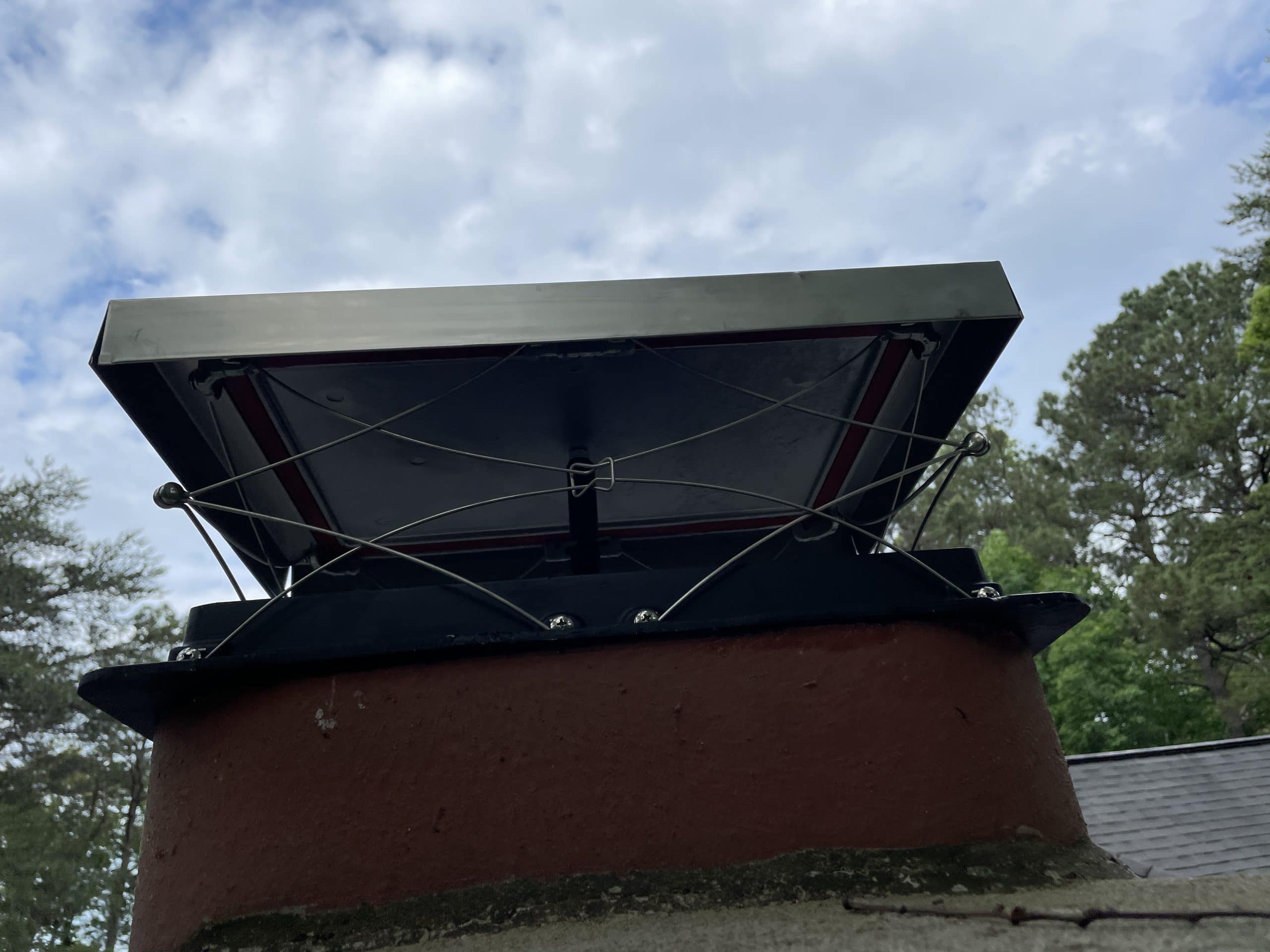
Preventing Squirrel Entry and Expert Assistance from SootAway Chimney Sweep
Don’t let birds cause damage to your chimney or compromise the safety of your home. Take proactive measures by installing a chimney cap or screen, securing the surrounding area, and contacting SootAway Chimney Sweep at (866) 345-4751. Their professional services will help you safeguard your chimney and maintain a bird-free environment.
Raccoons
Raccoons in the chimney can present a significant challenge for homeowners. These clever and agile creatures are known for their ability to climb and manipulate objects, making chimneys an appealing entry point for them.
Raccoons seek shelter in chimneys as a safe and protected space to nest and raise their young. However, their presence can cause several issues. Raccoons can create obstructions in the chimney, blocking proper airflow and ventilation.
Their nesting materials and droppings can also pose a fire hazard and emit unpleasant odors. Moreover, raccoons are capable of causing structural damage to the chimney itself, including dislodging bricks or damaging the chimney cap.
Due to their potential aggression and the risks associated with handling them, it is crucial to seek professional assistance when dealing with raccoons in the chimney.
Wildlife experts have the necessary tools, knowledge, and experience to safely and humanely remove the raccoons and implement measures to prevent their return.
Bats
Bats are known to enter chimneys primarily for two reasons: roosting and seeking shelter. Bats are nocturnal creatures that are highly adaptable and can take advantage of various habitats for roosting during the day.
Chimneys provide them with dark, enclosed spaces that mimic the natural crevices and tree hollows they typically inhabit.
Chimneys also offer protection from predators and the elements, making them attractive to bats. Additionally, chimneys can provide warmth, especially during colder months, as they retain heat from the home below.
This makes chimneys an appealing roosting site for bats seeking a comfortable and secure place to rest. However, the presence of bats in chimneys can cause problems, including noise, odor, and potential health risks associated with bat droppings (guano).
It is important to handle bat infestations carefully and seek professional assistance to ensure the safe removal of bats and the implementation of proper exclusion methods to prevent their return.
Chimney swifts
Chimney swifts, as their name suggests, have a strong affinity for chimneys as roosting and nesting sites. These small migratory birds have specific characteristics that make chimneys an ideal habitat for them.
Chimney swifts are known for their unique ability to cling to vertical surfaces due to their strong feet and specialized claws. This enables them to roost and build their nests on the vertical walls of chimneys, where they are protected from predators and adverse weather conditions.
The interior of chimneys provides a dark and secure space that resembles the natural tree cavities they typically utilize in the wild. Additionally, chimneys offer an abundant supply of flying insects, which make up the primary diet of chimney swifts.
While their presence in chimneys may not cause structural damage or pose significant health risks, the noise and droppings associated with chimney swifts can be bothersome to homeowners.
It's important to remember that chimney swifts are protected species in some regions, so it is advisable to consult local wildlife authorities or professionals to address any concerns and explore humane options for their management or exclusion from chimneys.
Rats or mice
Rats or mice entering chimneys can be a cause for concern and require prompt attention. These small rodents have the ability to squeeze through tight spaces, including gaps and openings in chimney caps or damaged chimney structures.
Seeking warmth, shelter, and potential food sources, rats or mice may find chimneys to be an inviting habitat. Once inside, they can cause several problems.
They may build nests using materials found in the chimney, such as leaves or twigs, which can obstruct proper airflow and ventilation. Additionally, their gnawing habits can lead to damage to chimney components, such as insulation or wiring, posing potential fire hazards.
Rats and mice also produce droppings that can contaminate the chimney, creating sanitation issues and health risks.
To effectively deal with a rat or mice infestation in the chimney, it is important to consult professionals who can safely remove the rodents, seal off entry points, and implement preventive measures to prevent their re-entry.
Snakes
Snakes can find their way into chimneys through various means, often in search of shelter or prey.
One way they gain access is by climbing up nearby trees or vegetation and entering through the chimney opening or damaged chimney caps. Snakes are skilled climbers and can navigate vertical surfaces with ease.
They may enter the chimney seeking a cozy spot to regulate their body temperature. Snakes are also opportunistic predators and may follow their prey, such as small rodents or birds, that have taken refuge in the chimney.
While most snakes are harmless and play a beneficial role in controlling rodent populations, their presence in chimneys can cause alarm and pose risks to humans if accidentally encountered.
To address snake intrusions, it is best to seek professional assistance to safely remove the snake and implement preventive measures, such as installing chimney caps or screens, to prevent future snake entry.
Chipmunks
Chipmunks may be drawn to chimneys for various reasons, albeit unintentionally. These small and agile creatures have a natural curiosity and an ability to squeeze through narrow openings.
They may venture near chimneys while exploring their surroundings or seeking food sources, such as seeds or insects. Chipmunks are skilled climbers and can access rooftops or trees adjacent to chimneys, making it possible for them to accidentally fall or find their way into the chimney opening.
Once inside, the confined space of the chimney may provide them with a sense of security and protection from predators.
However, chipmunks are not adapted to live in chimneys, and their presence can lead to issues. They may become trapped and unable to find their way out, causing distress and potential damage as they try to escape.
To prevent chipmunks from entering chimneys, it is advisable to ensure the chimney has a secure cap or screen installed, blocking their access and avoiding these unintended encounters.

